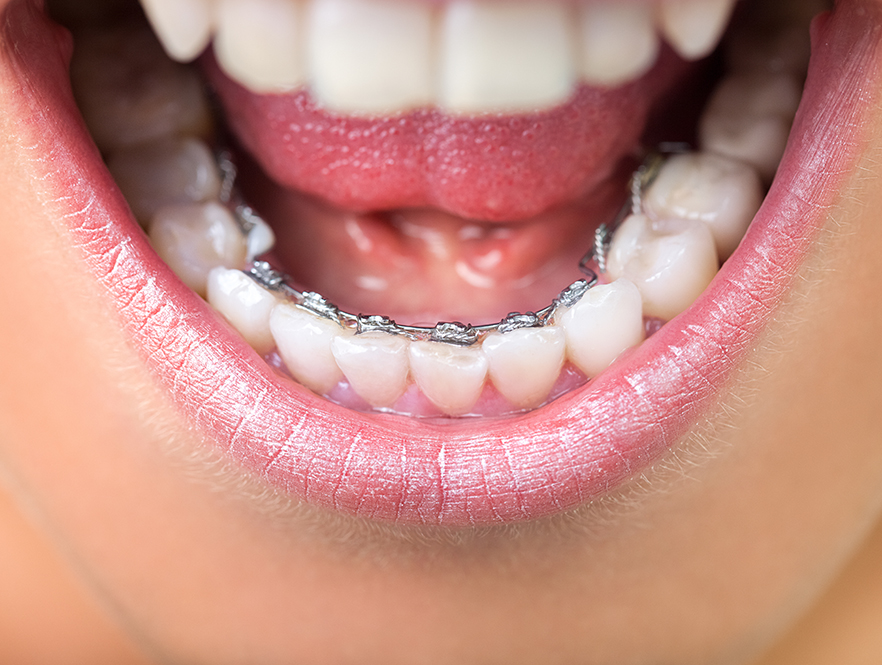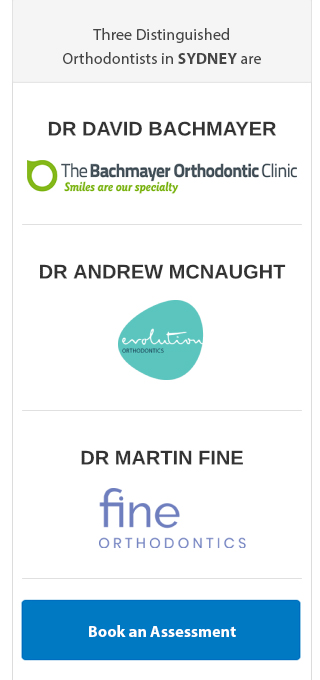
A common reason people postpone treatment for teeth straightening is that they're concerned about how they'll look wearing metal braces. Fortunately, lingual braces provide an almost invisible way of obtaining a straighter smile. With this option, the wires and metal brackets are concealed behind your teeth, so they're extremely hard for peers to notice. They're an effective teeth straightening treatment for adults, working to treat most orthodontic problems. Here's a look at how lingual braces work.
How Lingual Braces Work
Similar to conventional braces, lingual appliances use a bracket and wire system to pull your teeth gradually into the desired position. The main difference is that your orthodontist will attach the brackets on the inside of the teeth where they hidden from view.
Brackets on the Inside
Fixed braces shift teeth using small metal brackets and wires. Your orthodontist will attach the brackets to the inside of the teeth, where they will stay for the treatment duration. Your orthodontist will typically attach brackets to each tooth. However, if you're looking to straighten the front teeth only, the orthodontist might need to fix the brackets to the front six or eight teeth.
Lingual braces are typically made from gold alloy or stainless steel. Depending on your treatment plan, the brackets might be standard-sized or customised to fit your teeth. Your orthodontist will attach the brackets using unique dental cement. This will maintain their position for the treatment duration while enabling your orthodontist to take them off easily once they complete their role.
The Arch Wires
Your orthodontist will move your teeth using a series of arch wires that run through the brackets. Using elastic bands or metal ligatures, your orthodontist will join each wire to the brackets. Some brackets comprise clips that maintain the arch wire in place - known as self-ligating brackets.
The arch wires reinforce the teeth by resuming its original shape, the force of the wire brings the teeth along for the ride. Your orthodontist will change the arch wire approximately every 6-8 weeks. They'll use varied wires at different treatment stages. In some instances, you'll require custom-made arch wires, much like the custom brackets.
How Your Teeth Move
The lingual braces work to apply pressure on your teeth, causing your periodontal membrane to compress and stretch, and the teeth to loosen. The formation of new bone will then take place around your teeth. Therefore offering support for the new positions in a process called bone remodelling.
Once the teeth are in their new position and the braces are off, it could take some time for everything to stabilise. This is why retainers are especially significant throughout the first year after braces.
Lingual braces are an excellent option for straightening your teeth discreetly. While they can treat various complaints, your orthodontist will inform you whether you're a suitable candidate.
Book an appointment with Profile Orthodontics to discuss your treatment options.






